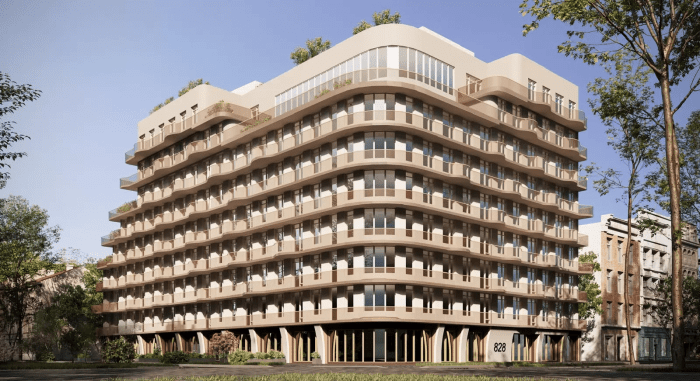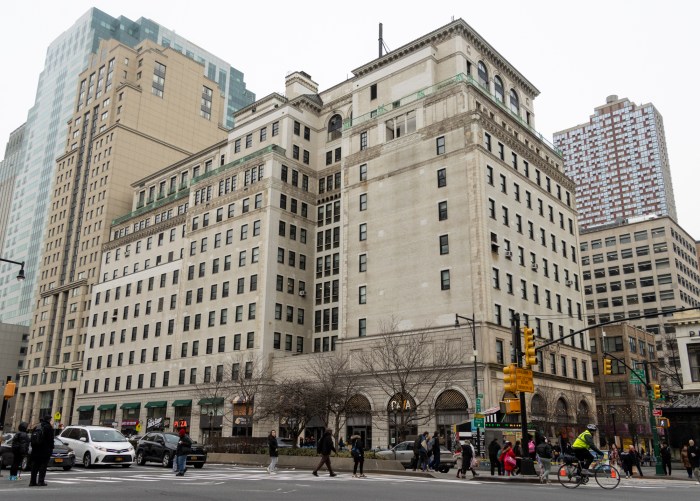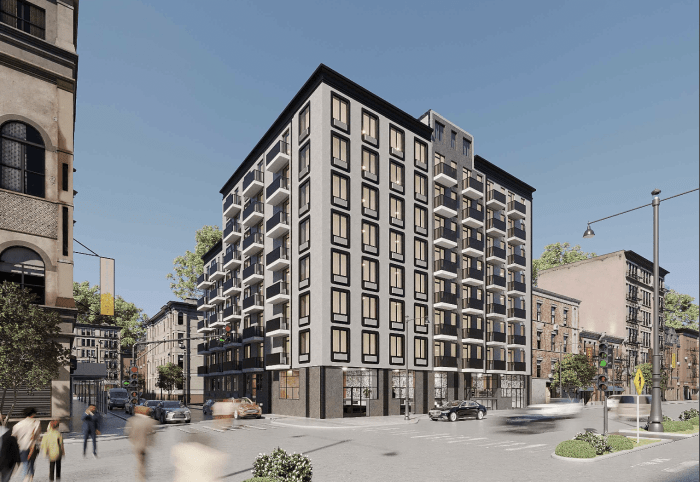Community leaders threw out the welcome mat for the extension of Park Slope’s historic district on Thursday night, arguing that its protections are worth any inconvenience experienced by property owners.
The Landmarks/Land Use Committee of Community Board 6 unanimously approved the first phase of the Landmark Preservation Commission’s initiative, an area that includes about 500 buildings across eight square blocks in the South Slope.
The three-phase proposal, if approved, would make the neighborhood home to the largest historic district in the city — but the long-anticipated extension won’t be happening any time in the immediate future.
Landmarks said it is so busy creating districts across the city that it will not even be voting on Park Slope’s district for at least a year.
“There is no set time line,” explained Kate Daly, the executive director of the commission. “But the commission understands the importance of this to the community.”
The extant historic district was created in 1973, and includes most of the brownstone blocks on Eighth Avenue and Prospect Park West, and additional blocks in Northern Park Slope.
The first phase expands to the south by including blocks between Seventh and Eight avenues, from Seventh Street through 14th Street, and areas adjacent to Bartel Pritchard Square.
The measure drew unequivocal praise from those who spoke at the committee’s hearing, held on a damp night inside the Old First Reformed Church on Carroll Street.
“This is about preserving the connections people have to the community,” said Peter Bray, chairman of the Park Slope Civic Council’s Historic District Expansion Committee.
“When I walk down the streets of Park Slope, I want to know that I walking near the same buildings that three generations of my family walked before me,” he added.
The civic group began working on an extension proposal in 2007, fearing the threat of new, architecturally inappropriate development.
Historic districts block such development, and also require property owners to win approval from Landmarks for virtually all exterior alterations — which often tacks on extra cost and layers of bureaucratic red tape.
And that doesn’t sit well with everyone in the neighborhood.
“If I have to repair my façade, I’m not sure I want to go through jumping through bureaucratic hoops,” said Ninth Street resident Ed Lemansky as he left the church.
But supporters said it would be worth it.
“I am willing to bear whatever additional regulatory burden to maintain the street I love and the village atmosphere,” said 10th Street resident Stephanie Doba.
The agency is currently examining the second phase of the extension, an area that includes buildings in the northern edge of the existing district along Flatbush Avenue. Boundaries have yet to be delineated, Daly said. A third phase is also planned.
In its totality, the three-phase extension could include 4,000 buildings, dwarfing Greenwich Village’s district by over 2,000 structures.
Public hearing on the expansion at the Landmarks Preservation Commission (1 Centre St. in Manhattan) on Oct. 26 at 12:30 pm. The agenda can be found at www.nyc.gov.
























